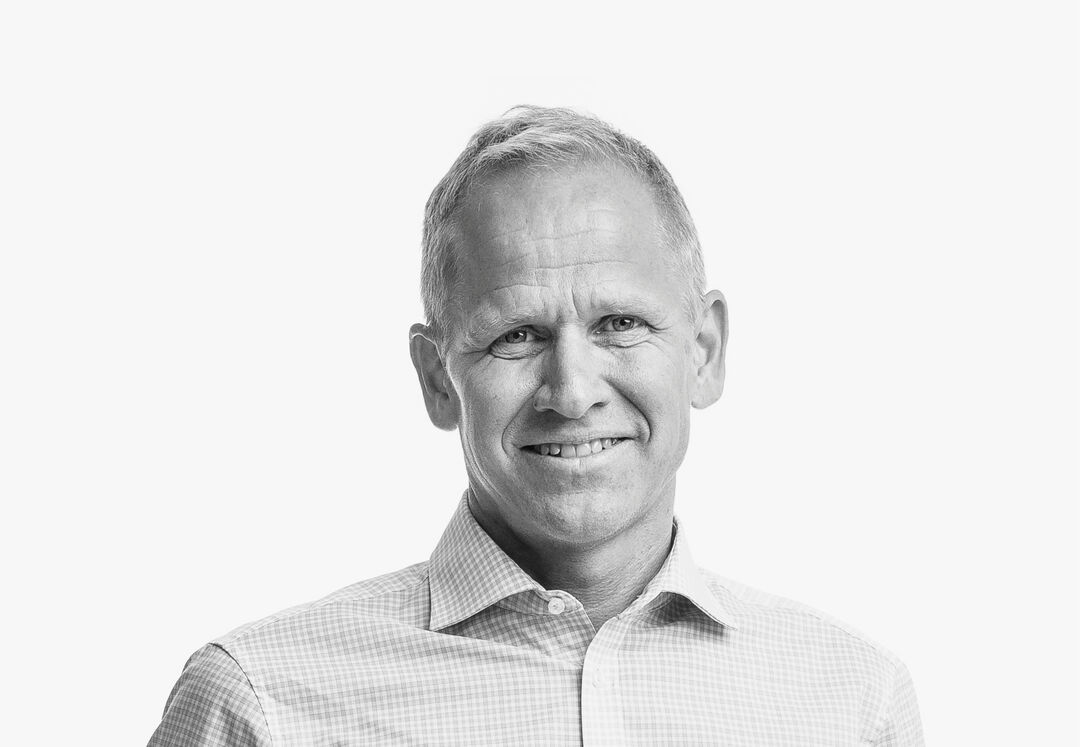The very first MYKITA collection was made from thin sheets of so-called ‘spring steel’ sourced from our supplier based in Sweden. This spring steel consists of 90% recycled content and offers the perfect blend of malleability and tensile strength required for our eyewear design. We now return our leftover cuts as raw material to the Alleima recycling plant. It all goes straight into the recycling process to produce the original steel grade that we purchase – a closed loop operation.
Stainless steel still makes up about 65% of the MYKITA product portfolio. The material is renowned for its strength, resilience and unfading sheen – a sustainable product in other words by virtue of its longevity. Steel production on the other hand is notoriously harmful to the environment with iron ore traditionally mined and then melted in a ‘blast’ furnace heated by coal. At the same time, steel is the most found metal in the scrap metal industry with just under half of the worldwide steel production being recycled.
The strip steels for medical applications have very specific requirements. The stainless steel “medical or surgical” grades have outstanding properties, for example fatigue properties, toughness, and impact strength. They meet MYKITA’s specific requirements for things like tensile strength and longevity that are essential to the eyewear designs.
As a company, I’m proud to say that we are at the forefront when it comes to sustainability and circularity. Sustainability is present in all aspects of our operations and is an integral part of our commercial strategy. The main contribution to sustainability is through our product offering. We provide energy saving products, and we are working to enable the transition to renewable energy sources. We actively seek to minimize the impact on the environment via our operations. Our materials are also tackling the challenges of the future by advanced materials technology, for example lighter and stronger materials that last longer.
The scrap dealers that supply have a rather wide analysis of their steel while the steel that we deliver have narrow tolerances on constituent elements. There is also a bit of steel from the previous heating, often of another steel grade, remaining in the electric arc furnace. It will dilute the material composition. Thirdly, there is some insecurity in the weighing of different material loaded into the furnace. We need to be able to add pure elements to reach the exact analysis.
The continuous improvements– finding and implementing better ways of working together with my team and our collective pride of the measurable results really gives me energy and joy. Alleima has provided me several opportunities to do this. I’m proud to be working for a company that has served customers with high quality products for 160 years and I want to contribute to the long-term success of Alleima and our customers.
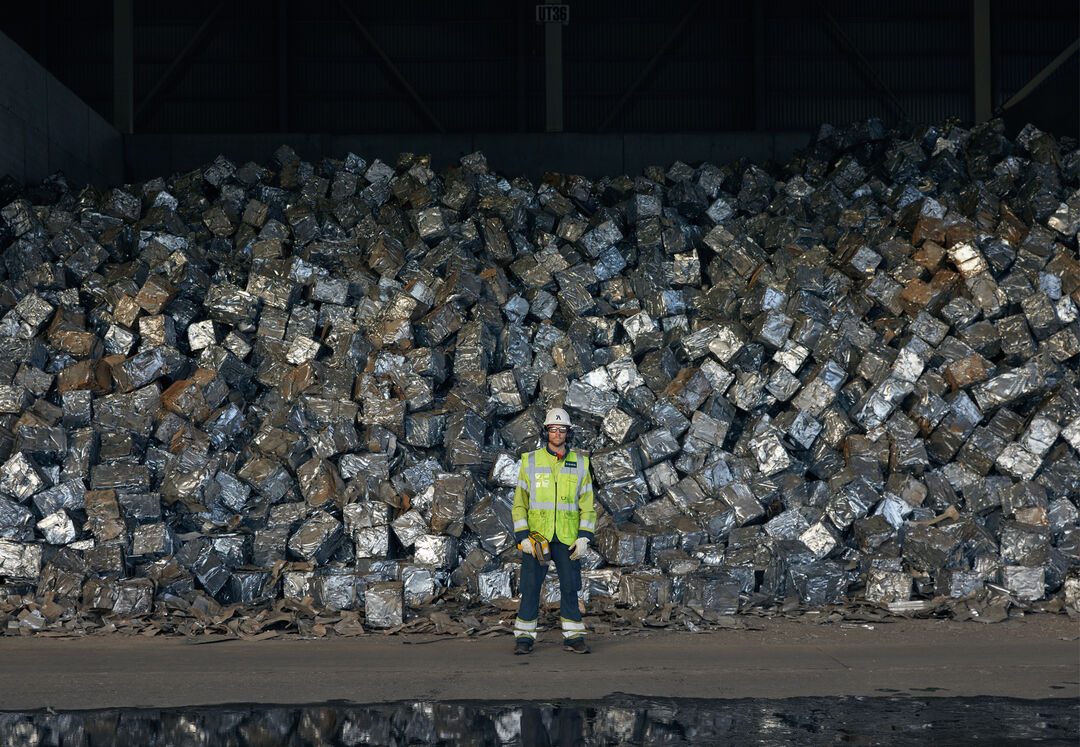
We wanted to find out more about stainless steel’s sustainable credentials – Mikael Silver, the quality & sustainability manager at Alleima’s strip steel division was just the person to fill us in on the company’s progressive approach to steel production and other sustainability achievements
Our company dates to 1862 when we were pioneering the Bessemer method for steel production on an industrial scale. Stainless steel manufacturing began in 1921. Already then, we were re-melting scrap from the company’s own steel production in our induction furnace that was very new at the time.
So, our stainless steel production has been based on recycled steel for over 100 years. In addition, the melting is done in an electric-arc furnace (EAF) powered by almost entirely fossil-free electricity. Steel is a fantastic material, as it is infinitely reusable. You can melt steel as many times as you like, it doesn't change character – it is a truly circular material.
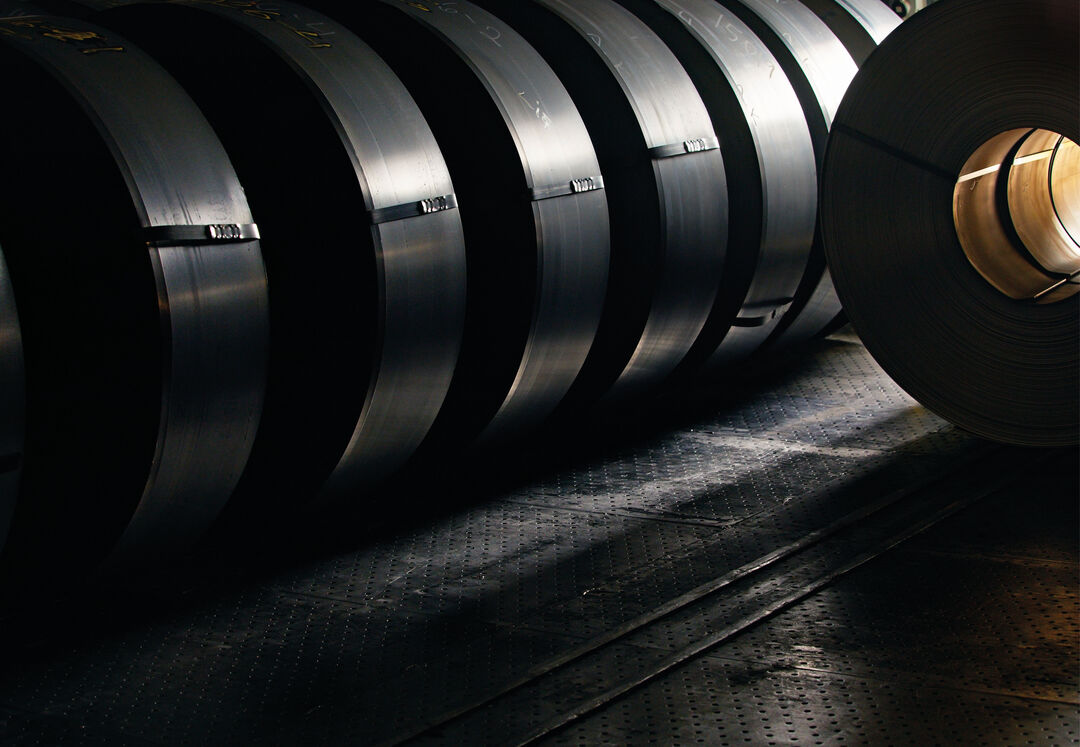
The steel grade in MYKITA’s frames is an austenitic stainless steel with excellent spring properties. It is also a highly recycled product with about 90% recycled content. 10% raw material is added to achieve the medical grade quality.
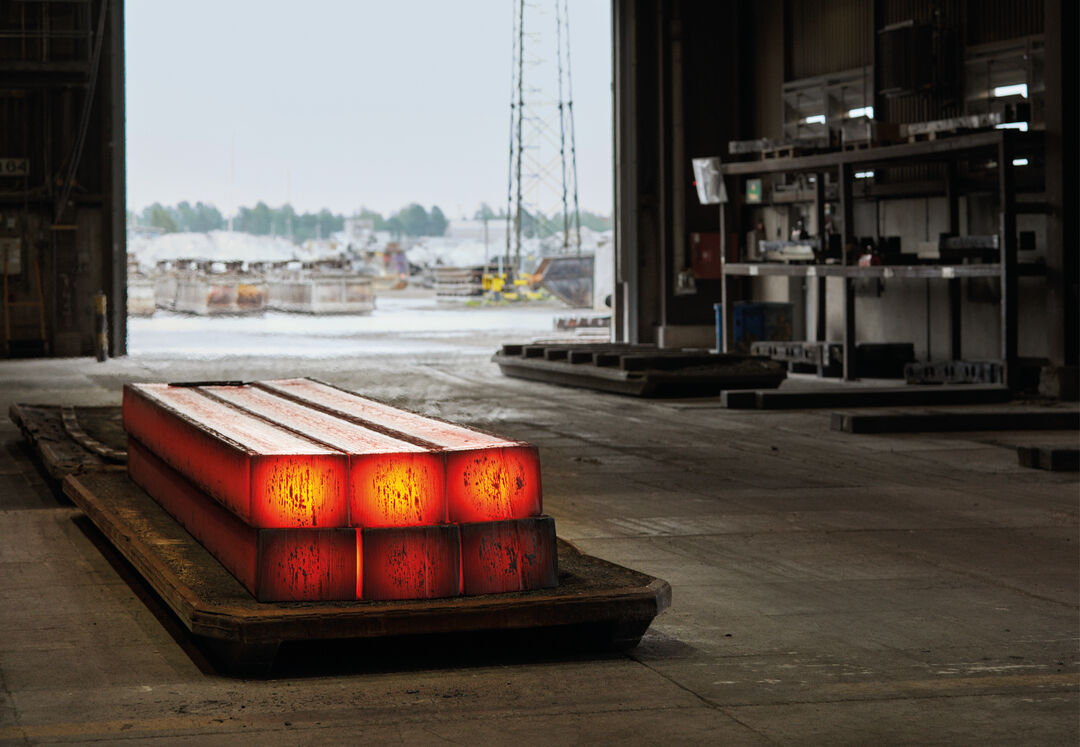
Alleima signed up to SBTI, the Science Based Target Initiative, which is quite impressive for a steel company and says a lot about your sustainability credentials – can you tell us more about what is involved?
Joining SBTi means that Alleima as a company stands behind the approach that we should base our climate work, and take responsibility for setting climate targets, in line with what science expects us to contribute in terms of reducing emissions.
Alleima has committed to setting targets in line with SBTi, consistent with the Paris Climate Agreement to keep global warming below 1.5°C. We also committed to becoming a net-zero carbon emissions company by 2050 at the latest.
By committing to SBTi, Alleima is expanding the scope to our entire value chain and sets long-term net-zero targets. Our advanced materials are produced with a low carbon footprint and enable our customers to be more sustainable and with SBTi an external part can confirm our goals and clarify our ambition for our customers.
When the leftovers are delivered directly to the re-cycling plant the exact analysis of the material is known. The leftovers that Alleima buys that are handled via local dealers are mixed into rougher groups of analysis. Those groups cannot be used with the same precision when a heat is loaded, and more pure raw material will be needed to compensate for insecurities in the analysis.
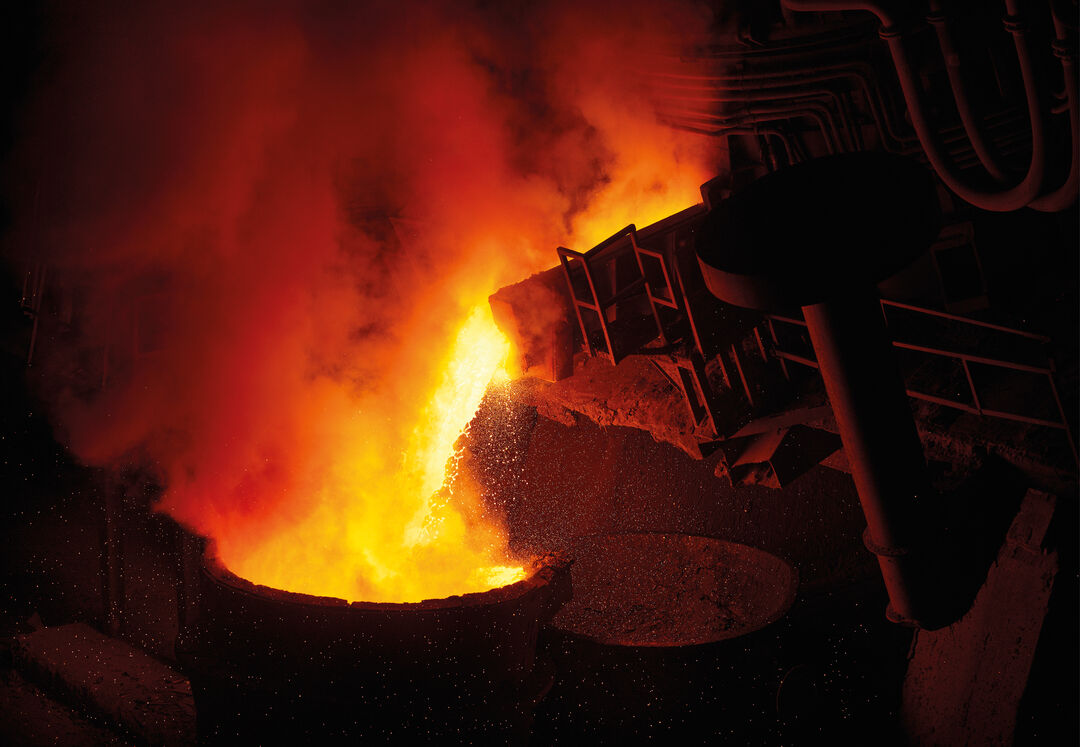
First, I can share Alleima’s overall climate and circularity targets that are; 1. Net-zero latest by 2050;
2. Reduce Scope 1 and 2 CO2 -emissions by more than 50% by 2030 (compared to 2019); and 3.
83% recycled steel in finished products by 2030 (compared to 2019).
Through our operations, we actively seek to reduce and eliminate harm to people and the environment, as well as actively reducing water usage, being careful with chemical management and effectively using by-products such as slag, dust and process gases.
Our fully integrated value chain, from R&D and primary melting to end-product, allows us to provide industry-leading technology, quality, sustainability, and circularity.
Actually, MYKITA is the first, and only, eyewear company closing the loop! We do have one customer in the Netherlands that have closed the loop – they produce shock absorber shims. We are also working with razor blade customers but there is no regular flow established yet.
